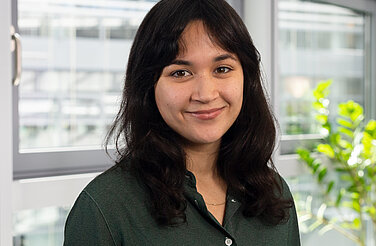-
The G7 proposal for an “open and cooperative climate club” with a focus on the industrial sector is an opportunity to enhance climate protection despite the current global energy crisis.
The international nature of markets for energy-intensive industries means there is a desperate need for coordination of national policies, technology deployment and anti-carbon leakage measures. Thus, the “club” idea should be developed as an open alliance of nations seeking to kick-start green international industrial value chains and advance this agenda.
-
Climate alliances should complement carbon leakage tools such as the European Carbon Border Adjustment Mechanism (CBAM). Together, they can form a ‘package’ to accelerate industrial transition to climate neutrality in key sectors like steel, aluminum, cement, hydrogen and fertilizer production.
This way, it can be avoided that climate clubs are used as an argument to escape from obligations under the EU’s CBAM and an international level playing field for green products can be created and scaled up over time.
-
The alliance needs to focus on three key, practical priorities:
First, coordinating national policies and harmonizing standards for low carbon basic materials to rapidly scale global demand. Second, setting milestones and ensuring national policy commitments to support the roll-out of key climate neutral technologies. Third, facilitating the emergence of key enabling conditions for ambitious national policies, e.g. by agreeing on common principles for “rules of fair play” in designing carbon leakage policy.
-
G7 leaders must now focus on establishing a sound structure for the alliance. Its architecture should build wherever possible on existing initiatives and should be backed with national policy commitments and milestones for technology deployment.
Pitfalls such as getting dissipated by trying to achieve common carbon pricing; using a climate club to punish specific trading partners or as a form of disguised protectionism for industrial sectors, must be avoided.
International climate cooperation for energy-intensive industry
A (realistic) proposal

Preface
As part of its 2022 G7 Presidency, Germany has put the idea of a “Climate Club” for international cooperation in industrial decarbonisation on the political agenda. This is one of many different proposals and initiatives that have emerged over the past year.
The success of the global industrial transition hinges on international cooperation, as energy-intensive materials are traded globally. The industrial transition requires truly global lead markets to guide investment decisions into low-carbon technologies. Deployment of these breakthrough technologies can be significantly accelerated through concerted efforts at an international scale. Finally, the industrial transition requires a new global “market infrastructure” and a common understanding of “rules of fair play” as countries decarbonise.
The German G7 Presidency is an important window of opportunity to accelerate the global industrial transition through a comprehensive collaborative framework.
In this study, we analyse which international framework conditions need to be put in place for energy-intensive industry to successfully decarbonise already in this decade, as well as which pitfalls to avoid. We map out the existing landscape of initiatives and show which gaps need to be addressed by the climate club agenda.
Key findings
Bibliographical data
Downloads
-
pdf 1 MB
International climate cooperation for energy-intensive industry
A (realistic) proposal
All figures in this publication
Global steel production by country (top 20 producers in 2019) in thousands of tonnes per year
Figure 1 from International climate cooperation for energy-intensive industry on page 24




![Turning the climate club into an effective alliance for the global industrial transition [Translate to English:] Turning the climate club into an effective alliance for the global industrial transition](/fileadmin/_processed_/9/9/csm_climate_trade_project_news_e26e824d6b.jpg)